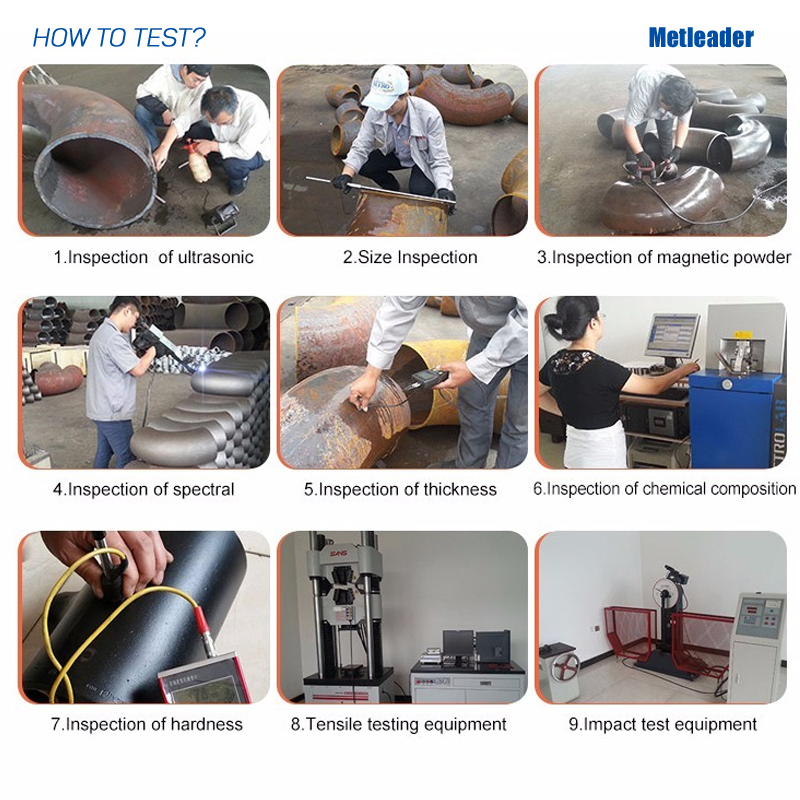In the production of forgings, in addition to the required shape and size, the performance requirements of the parts must be met in the process of use, including strength index, plastic index, impact toughness, fatigue toughness and resistance to stress corrosion, and high temperature working parts, and transient stretching of high temperature. Properties, durability, creep resistance and thermal fatigue properties. The properties of forgings depend on their microstructure and structure (hereinafter referred to as microstructure). The properties of forgings with different materials or different states of the same material are determined by their microstructure in the final analysis. The microstructure of metals is related to the chemical composition of materials, smelting methods, pressure processing and technology. Among them, the process of pressure processing has an important influence on the organization of the forgings, especially for the materials which have no homogenous heterogeneity during heating and cooling, such as austenite and ferritic heat-resistant stainless steel, superalloy, aluminum alloy and magnesium alloy, and so on, it is mainly dependent on the process of pressure addition to control the thermodynamic process correctly. Parameters are used to improve the microstructure and properties of forgings. The use of press processing can also improve the surface state of parts and establish the surface pre compression stress, and improve the performance of parts. Because the quality of the forgings is related to the quality of raw materials, the forging process and the heat treatment process, it is necessary to analyze and study the high quality forgings in order to ensure the high quality forgings.

The following questions are discussed in three aspects:
(1) effect of material and forging process on Microstructure and properties of forgings;
(2) common defects in the forging process;
(3) the contents of forgings quality inspection and the methods of quality analysis of forgings.

- Posted by: Metleader
- 2018-07-25



